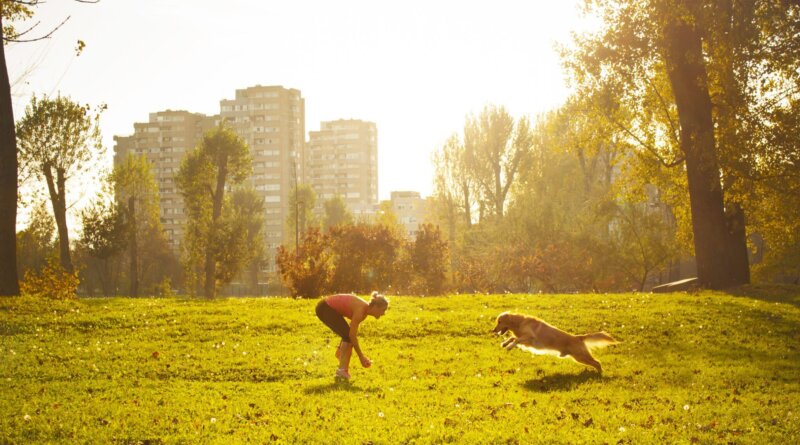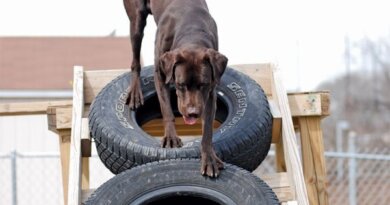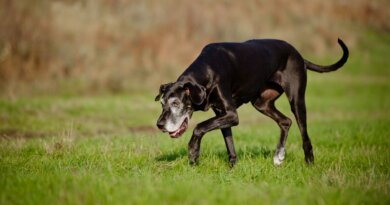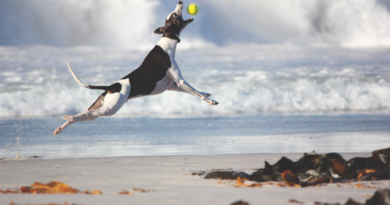How to Get a Dog to Listen When Distracted
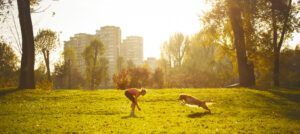
Perhaps your dog responds to your cues reliably when you’re home, but as soon as you walk out your door, all his training flies out the window. You’re not alone; this is a common problem. Many dogs become highly distracted as soon as they step into the real world. You can teach him to focus around distractions – but the key is not starting the process in a highly distracting environment.
Add Distractions Gradually
Ideally, you already use high-value reinforcers in your training. (If not, do!) Yummy food treats are a great choice. You can also use you dog’s favorite toys and play opportunities. The squeak of a squeaky toy is a great attention-getter!
Start your training sessions in a low-distraction environment (indoors) with high-value reinforcement. Reinforce lots of “Look at me” and also other behaviors your dog knows well, including his recall. If you want him to come to you past distractions outdoors, he needs to be able to rock it with distractions indoors, first.
Now introduce pre-arranged distractions that are of a medium-amount of interest to your dog, such as having your child skip by the area where you are working, or your partner dropping a box. The more variety of distractions you an employ, the better. Use high-value treats or favorite toys to reinforce looking at you if he gives you his attention when asked, or to get his attention if he doesn’t volunteer it. Try squeaking a squeaky toy for his attention, and when he looks at you, start playing with the toy; then play with the toy with him.
Work at this level until he quickly and reliably looks at you when you ask for attention. Then gradually increase working with him in the face of all sorts of distractions until he can focus on you indoors, even with children running, balls bouncing, and more.
Focus Outside
When your dog is successfully orienting to you and able to listen to your cues in the face of distractions indoors, take the work outside. Again, start with fewer, low-level distractions until he shows that he can be attentive in the face of those things. Then gradually increase the distraction level as he succeeds with various new stimuli. Reinforce him for any attention he gives you! As you add distractions, practice other known behaviors (especially his favorites!) including coming when called, so he’ll be reliable with all of them.
With time and your commitment to working with your dog, you’ll have a canine pal who is super-focused even with a circus of activities happening around you.
More Distraction Training Tips
Here are some more quick tips to help with focus and attention:
- “Walk Away” is a fun game and dogs love it, so it works beautifully to get your dog’s attention away from something he’s really focused on. See this article on how to teach this game.
- Use the “Premack Principle,” where a less likely behavior is reinforced by a more likely behavior. “If you looks at me and sit when asked, you (sometimes) get to go chase the bunny!” (For more information, see the Premack Principle section in “Beyond Basic Dog Training.”)
- Use a “naked squeaker.” Buy squeakers without toys online, or rescue them from toys your dog has disemboweled. Keep one in your pocket and give it a brief squeak or two at opportune times, then reinforce with treats or play.
Success!
Most important, as with all force-free training, set up your dog to succeed. Create environments with distraction levels where he is able to pay attention so you can reinforce him for his lovely behavior and convince him you are worth his focus even around bigger distractions.

